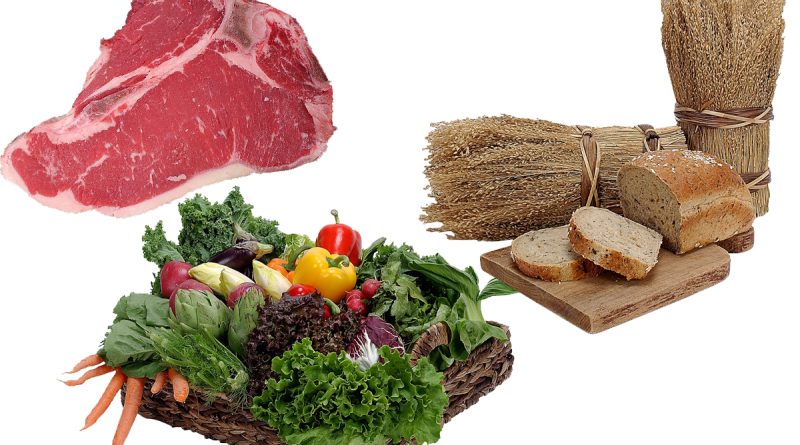Why you shouldn’t judge a pet food by its ingredient list
Although ingredient lists are commonly used by pet owners and most pet food rating sites to determine the quality of pet foods, this approach has many pitfalls and usually is not a good way to select a food.
There are specific regulations that govern how ingredient lists must be presented on the label. Ingredients must be listed in order of weight, including water, so ingredients with high water content (like fresh meats and vegetables) are going to be listed higher than similar amounts of dry ingredients even though they may contribute fewer nutrients to the overall diet. So a diet with chicken (70% water) as the first ingredient may have less actual chicken than a diet that has chicken meal (< 10% moisture) as the second or third ingredient. Additionally, ingredients from the same source (i.e. chicken meat, chicken fat, chicken by-product meal) can be split into component parts, further complicating assessment of how much of each ingredient is actually present in the diet.
Many pet food manufacturers take pains to make sure that their ingredient list is appealing to pet owners. They know that many pet owners are looking for meat as the first ingredient, so they may use just enough fresh meat to get it listed first on the ingredient list. Some manufacturers may add ingredients to diets solely for marketing purposes, to increase the appeal of the diet to consumers. These ingredients may have unproven benefits, be present in miniscule amounts, and provide nothing to the diet but added expense. More ingredients also mean more quality control (and more time and expense) is necessary to ensure that the finished product adheres to the desired nutrient formulation.
One good example of adding ingredients to a diet solely to make the diet sound more appealing is ingredient lists that have fruits and vegetables or other whole foods listed after the salt or other vitamin and mineral supplements. These ingredients may be present in the diet in amounts less than a few grams per pound of food (amounts that we call “fairy dust”) and are often contributing no measurable nutrients, yet the food looks more appealing to pet owners because it has fruits and vegetables.
Also beware of companies using the term “human grade” to describe their ingredients, as to use this term, all of the ingredients, as well as the final product, must be “stored, handled, processed, and transported” in ways that meet federal regulations for human foods. If the entire food isn’t human edible, then companies should not be claiming that individual ingredients are. Once an ingredient is destined for inclusion in pet food, then it is no longer fit for human consumption by definition, unless it never leaves the human food chain and the pet food is made in a human food plant. More importantly, ingredients sourced from the human food chain are not necessarily any more nutritious, wholesome, or safe than ingredients initially destined for pet food. Therefore, manufacturer’s claims of “human grade” ingredients should be taken with a grain of salt at best.
In summary, while we may feel better about feeding a diet full of great-sounding ingredients, these diets are usually similar or even potentially less nutritious than diets containing less appealing (to people) ingredients. There is no way to determine diet quality from the label or the ingredient list. The only thing that is certain is that you will pay more for the food with the more appealing ingredient list. It’s critical to have high quality ingredients and to have a company that has the expertise to put them together in a way that meets all your pet’s nutritional needs. However, this isn’t something you can tell from the ingredient list. Think of it this way – a terrible cook can make even the most expensive ingredients inedible, while an excellent cook can work magic with basic ingredients.
Don’t worry about whether the ingredient list of your pet’s food sounds like something you’d eat in a gourmet restaurant – look for more useful information on the label so you don’t get tricked by ingredient lists. This will help you to select the food that is truly best for your pet – not just the one with the best marketing!
August 2017: This post was updated to reflect recent regulatory changes for pet foods, specifically related to how “human grade” is defined for pet foods in the 2017 Association of American Feed Control Officials Model Regulations.

